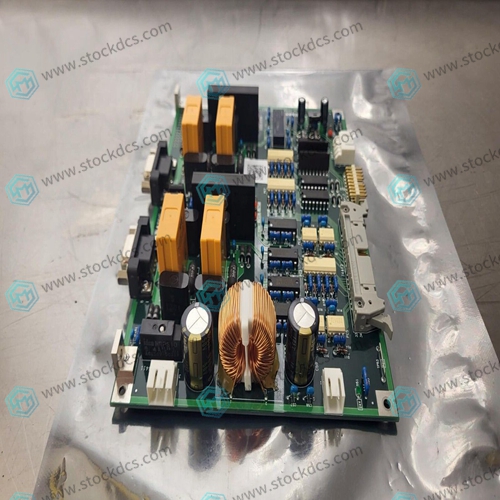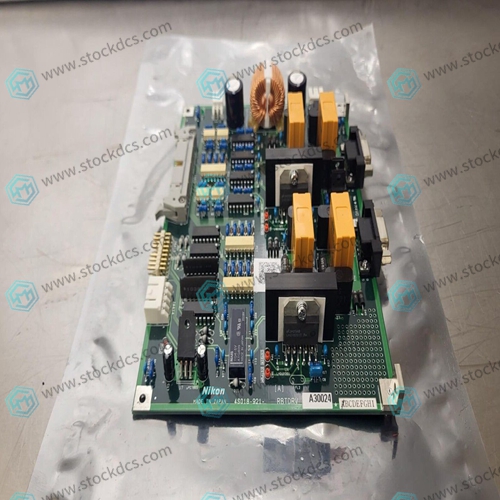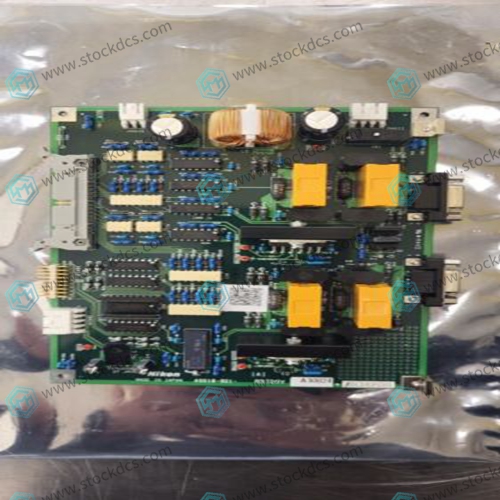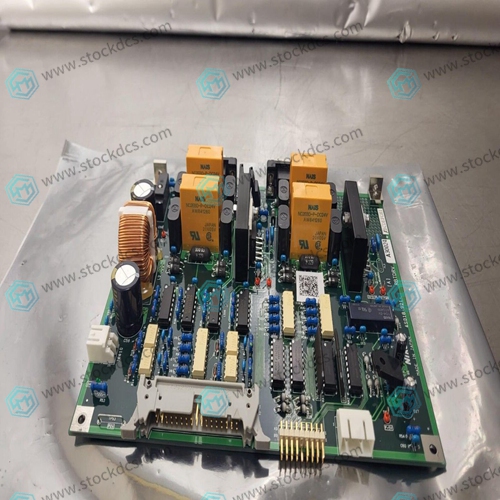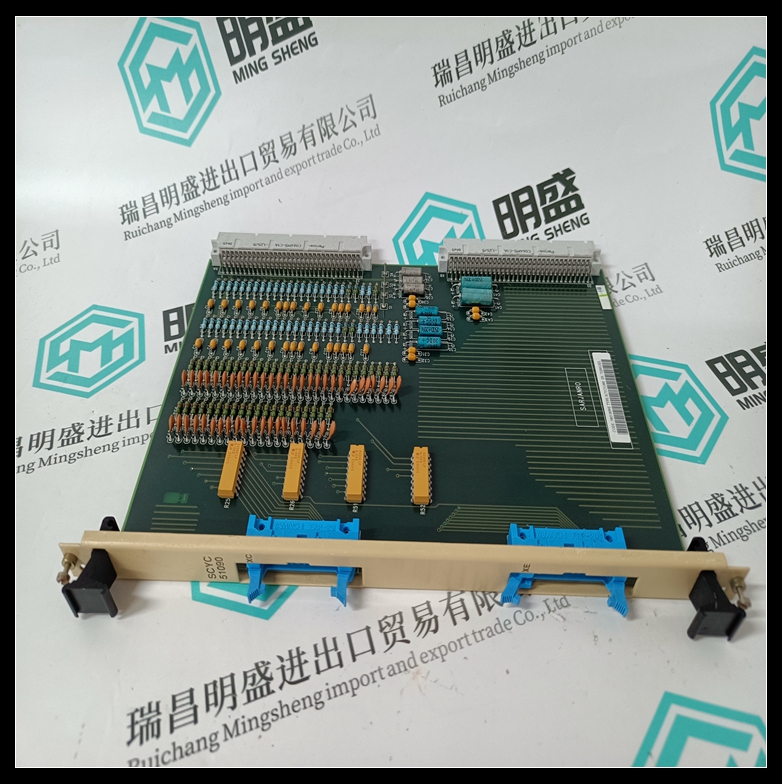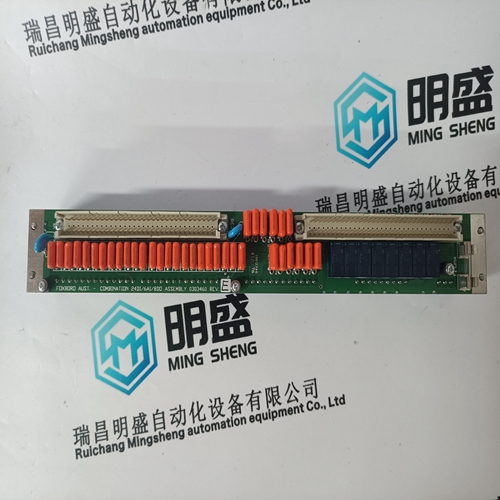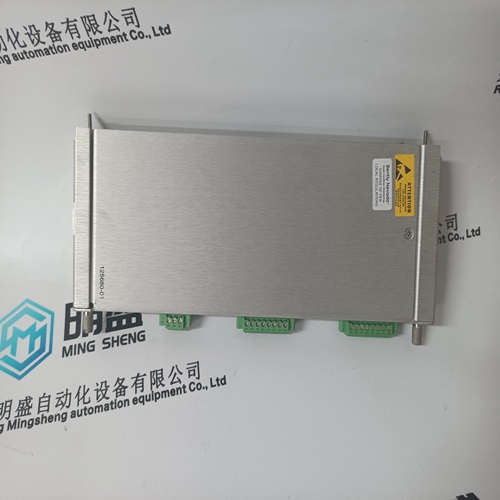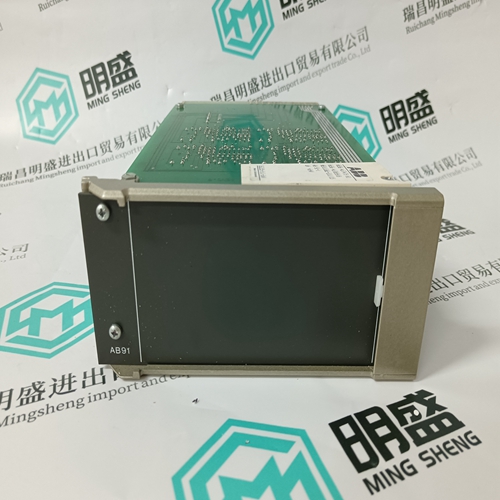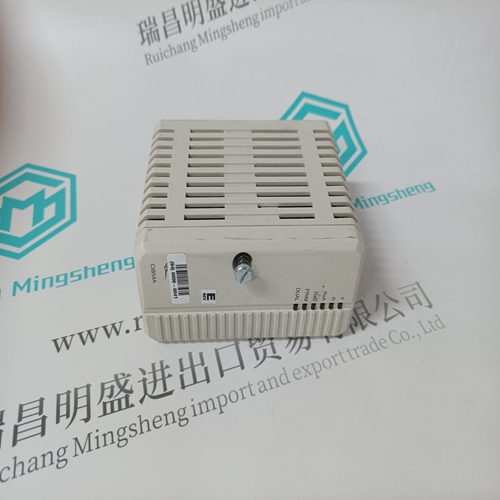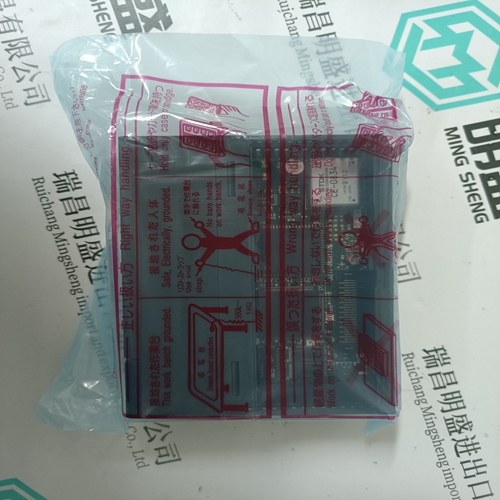Home > Product > Robot control system > Nikon 4S018-921 Power Module
Nikon 4S018-921 Power Module
- Goods status: new/used
- Delivery date: stock
- The quality assurance period: 365 days
- Phone/WhatsApp/WeChat:+86 15270269218
- Email:stodcdcs@gmail.com
- Tags:Nikon4S018-921Power Module
- Get the latest price:Click to consult
Nikon 4S018-921 Power Module
Product Details Introduction
The Nikon 4S018-921 Power Supply Module is an electronic device used to provide the required electrical energy to other devices or systems. The main task of the power module is to convert the power supply voltage and current into the power requirements suitable for the target device. The following are some common product features of power modules:
Input voltage range: The Nikon 4S018-921 power module usually has a specified input voltage range to ensure that the power supply adapts to different regions and voltage standards.
Output voltage and current: The Nikon 4S018-921 power module provides one or more output channels, each with a specified output voltage and current. These specifications must match the power requirements of the target device.
Power Type: The Nikon 4S018-921 power module can provide different types of power, including direct current (DC), alternating current (AC), or various specific voltage, frequency, and current specifications.
Power efficiency: The efficiency of the Nikon 4S018-921 power module is usually expressed as a percentage, which represents the proportion of input energy converted into useful output energy. Efficient power modules can reduce energy waste.
Stability and ripple: The stability of the Nikon 4S018-921 power module refers to the degree of fluctuation in output voltage and current. Ripple refers to small fluctuations in the output voltage. Lower stability and ripple are usually more important for sensitive electronic devices.
Protection features: The Nikon 4S018-921 power module typically includes various protection features, such as overload protection, overheating protection, short circuit protection, overvoltage protection, and undervoltage protection, to prevent equipment damage or dangerous situations.
Cooling system: Some power modules require an effective cooling system, such as a fan or heat sink, to ensure stable operation and prevent overheating.
Size and installation method: The physical size and installation method of the Nikon 4S018-921 power module may vary depending on application requirements and space limitations.
Programmability: Some advanced power modules support programmable power output, which can be programmed to adjust voltage and current to meet different application requirements.
Communication interface: Some power modules have communication interfaces, such as serial communication interfaces (such as I2C, SPI), Ethernet, or USB, for remote monitoring and control.
Environmental friendliness: Some power modules adopt energy conservation technology and low-power design to improve energy efficiency.
Product image
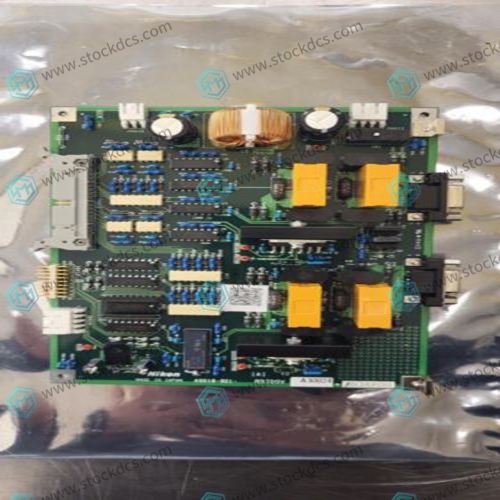
Related products:
Nikon 4S019-259 Robot Interfac
其他网站链接
